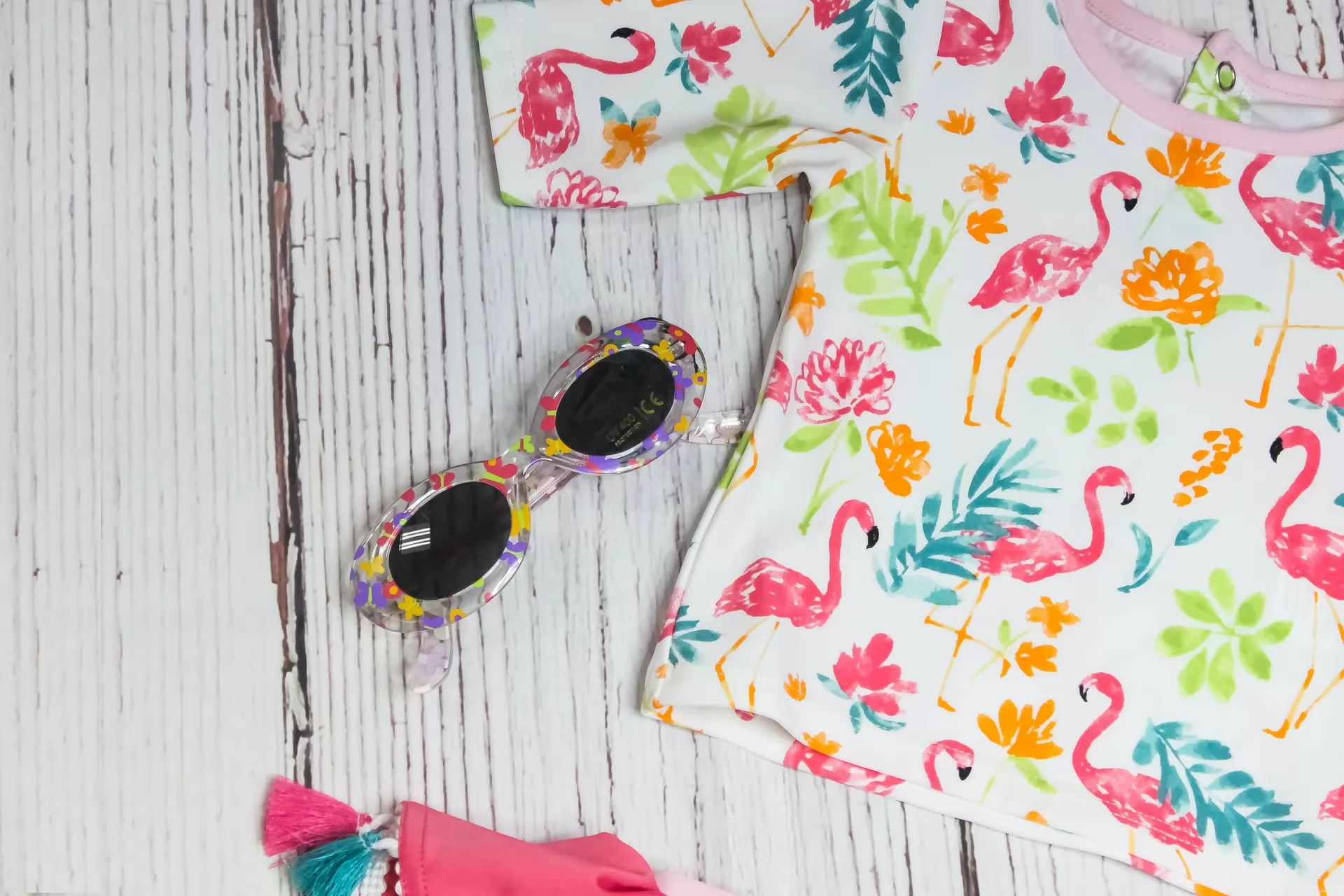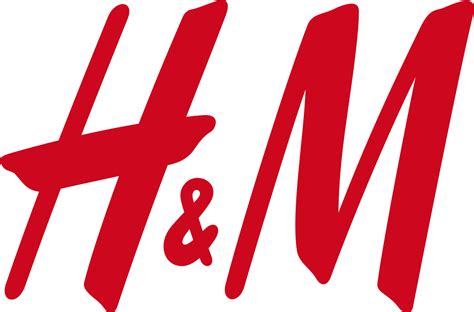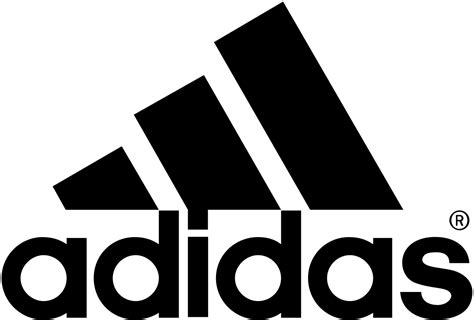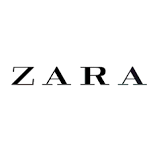Summary
to understand this market
Detailed content
 Inforamtion
Inforamtion
- Number of pages : 30 pages
- Format : Digital and PDF versions
- Last update : 04/05/2023
 Summary and extracts
Summary and extracts
1 Market overview
1.1 Definition and presentation
Children's apparel targets an audience ranging from children over 3 years old to teenagers. The market research presented below focuses on children's apparel, excluding the children's footwear and baby clothing segments.
Globally, the children's apparel market is driven by three countries (United States, China and India), which account for 45% of the total. Europe has only 20% of the total market, with a declining birth rate.
In Spain, the children's apparel market faces several headwinds. On the one hand, the birth rate (1.24 in 2019) and the declining number of births (341,315 in 2020) reduce the number of potential consumers. With a declining cohort of young people and a general aging of the population, the market is structurally facing fewer consumers. In addition, the emergence of covid-19 has led to a 12.5% drop in sales in 2021, due to the health closure of retailers, but also to the sharp drop in Hispanic GDP and uncertainties inviting Spanish households to adopt a wait-and-see attitude. On the positive side, the reduction in the number of children has been accompanied by an increase in spending per child.
However, the recovery of the economy is very dynamic and the children's clothing producing regions (Madrid, Catalonia, Andalusia, Valencia, etc.) are experiencing positive export sales dynamics, especially to the United States.
1.2 The world market
The global children's apparel market size was $***.* billion in ****. According to Fact.MR estimates, the sector is expected to reach $***.* billion by ****, an increase of *.*% from ****. Thereafter, the market is expected to continue to grow at a CAGR of *.*% to reach $***.* billion in **** and $*** billion in ****. Therefore, the market is expected ...
1.3 The domestic market
The classification of products carried out by the INE, allows us to highlight two economic activities related to children's clothing
CNAE Code ***; includes the creation of all clothing. Therefore, this activity includes clothing for adults and children. CNAE Code **** ; includes the manufacture of clothing for babies, sportswear, swimsuits, hats and caps, ...
2 Demand analysis
2.1 Demographics in Spain
Between **** and ****, there was an increasing trend in the average age at childbearing in Spain, from **.** years in **** to **.** years in ****. In parallel, the number of children per woman experienced certain fluctuations throughout the decade, but generally showed a decline. In ****, the fertility rate was *.** children per woman, while in ****, this ...
2.2 Household spending on child rearing
An increase in the cost of raising a child in Spain was observed between **** and ****. Indeed, if raising a child in **** cost on average *** euros in ****, the figure reached **% more in **** with an estimated cost at *** euros.
Thus the average expenditure per month to raise a child in Spain in **** varies ...
2.3 Fashion buying trends
As for the fashion sector, we note first of all that between price and quality, price is the criterion favored by consumers with **%. Quality is therefore the main criterion in this dilemma for **% of Spaniards.
Price or quality ? Spain, ****, % Source: ****
Also, it is perceived that other criteria concern the Spaniards in ...
2.4 The impact of inflation
If in March **** we can see a slowdown in inflation (***) posed consumption problems for Spaniards. A survey conducted by PWC, which can be seen in the graph below, shows that in ****, **% of Spaniards were thinking of reducing their fashion consumption due to inflation.
Percentage of Spaniards who plan to reduce their ...
3 Market structure
3.1 Market value chain
3.2 Production
The classification of products carried out by the INE, allows us to highlight two economic activities related to children's clothing
CNAE Code ***; includes the creation of all clothing. Therefore, this activity includes clothes for adults and children. CNAE code **** ; includes the creation of clothing for babies, sportswear, swimsuits, hats and caps, ...
3.3 Distribution
in terms of distribution, it can be seen that the physical channel continues to dominate sales with **.*% of sales. The online channel therefore represents **.*% of sales.
Distribution by channel of clothing sales in Spain Spain, ****, % Source: ****
As for the market shares of the different fashion retailers in Spain, some developments stand ...
4 Offer analysis
4.1 typology of the offer
Children's clothing can be grouped into three main categories:
Upper garments, which are worn to school or simply for going outdoors. They include heavy pieces, such as coats, jackets, smocks; undergarments, such as dresses, pants or jeans; and small pieces, such as T-shirts, sweaters and tracksuits. Footwear, both sporty and casual. ...
4.2 Prices
The graph below shows a great instability of consumer prices for baby and children's clothing in Spain. This instability is mainly due to the fact that the clothing market has two major sales periods starting in January and July of each year, thus creating a gap of ** index points between the ...
4.3 An offer between Fast Fashion and the need to offer more durable products in a circular economy
Fashion and Fast Fashion : Fast fashion is a business model in the fashion industry based on producing clothes on a large scale, at very low prices and with a very fast turnover of collections. In Spain, as in other countries, "fast fashion" has experienced a boom in recent decades, thanks to ...
5 Regulation
5.1 Legislation
Rebates; if they are optional in Spain, the following rules may apply:
Dates: Sales in Spain have two periods established by law: the winter sales period, which runs from January * to March *, and the summer sales period, which runs from July * to August **. In addition, there are the so-called "seasonal sales", ...
6 Stakeholder positioning
6.1 Segmentation
- Inditex groupe (Zara)
- Inditex groupe (Zara)
- H&M Groupe
- Nike
- Adidas
- LVMH Groupe
- Artsana Groupe (Chicco)
 List of charts
List of charts
- Global children's clothing market
- Evolución de la facturación del mercado de las prendas de vestir y de las prendas de bebé
- Facturación del mercado de la Ropa Infantil y bebé en España
- Cuotas de mercado del subsegmento ropa infantil y bebé en España
- Repartición por sexo de la población española de 0 a 16 años.
All our studies are available online in PDF format
Take a look at an example of our research on another market!
Latest news
Companies quoted in this study
This study contains a complete overview of the companies in the market, with the latest figures and news for each company. :
 Choosing this study means :
Choosing this study means :
Access to more than 35 hours of work
Our studies are the result of over 35 hours of research and analysis. Using our studies allows you to devote more time and added value to your projects.
Benefit from 6 years' experience and over 1,500 industry reports already produced
Our expertise enables us to produce comprehensive studies in all sectors, including niche and emerging markets.
Our know-how and methodology enable us to produce reports that offer unique value for money.
Access to several thousand articles and paid-for data
Businesscoot has access to all the paid economic press as well as exclusive databases to carry out its market research (over 30,000 articles and private sources).
To enhance our research, our analysts also use web indicators (semrush, trends, etc.) to identify market trends and company strategies. (Consult our paying sources)
Guaranteed support after your purchase
A team dedicated to after-sales service, to guarantee you a high level of satisfaction. +44 238 097 0676
A digital format designed for our users
Not only do you have access to a PDF, but also to a digital version designed for our customers. This version gives you access to sources, data in Excel format and graphics. The content of the study can therefore be easily retrieved and adapted for your specific needs.
 Our offers :
Our offers :
the children's clothing market | Spain
- What are the figures on the size and growth of the market?
- What is driving the growth of the market and its evolution?
- What is the positioning of companies in the value chain?
- Data from several dozen databases
5 reports pack (-15%) ES Spain
- 5 reports at €75.6 excluding VAT per study to choose from our Spanish catalogue for 12 months
- Save 15% on additional studies purchased
- Choose to be refunded any unused credit at the end of the 12-month period (duration of the pack)
See the terms and conditions of the pack and the refund of unused credit.






 Host and Primark: The nightmare continues for H&M, overtaken by Shein - 15/12/2023
Host and Primark: The nightmare continues for H&M, overtaken by Shein - 15/12/2023
 Adidas still going strong despite the Kanye West scandal. - 20/11/2023
Adidas still going strong despite the Kanye West scandal. - 20/11/2023
 Five things you need to know about Inditex, the owner of Zara stores - 17/09/2023
Five things you need to know about Inditex, the owner of Zara stores - 17/09/2023















